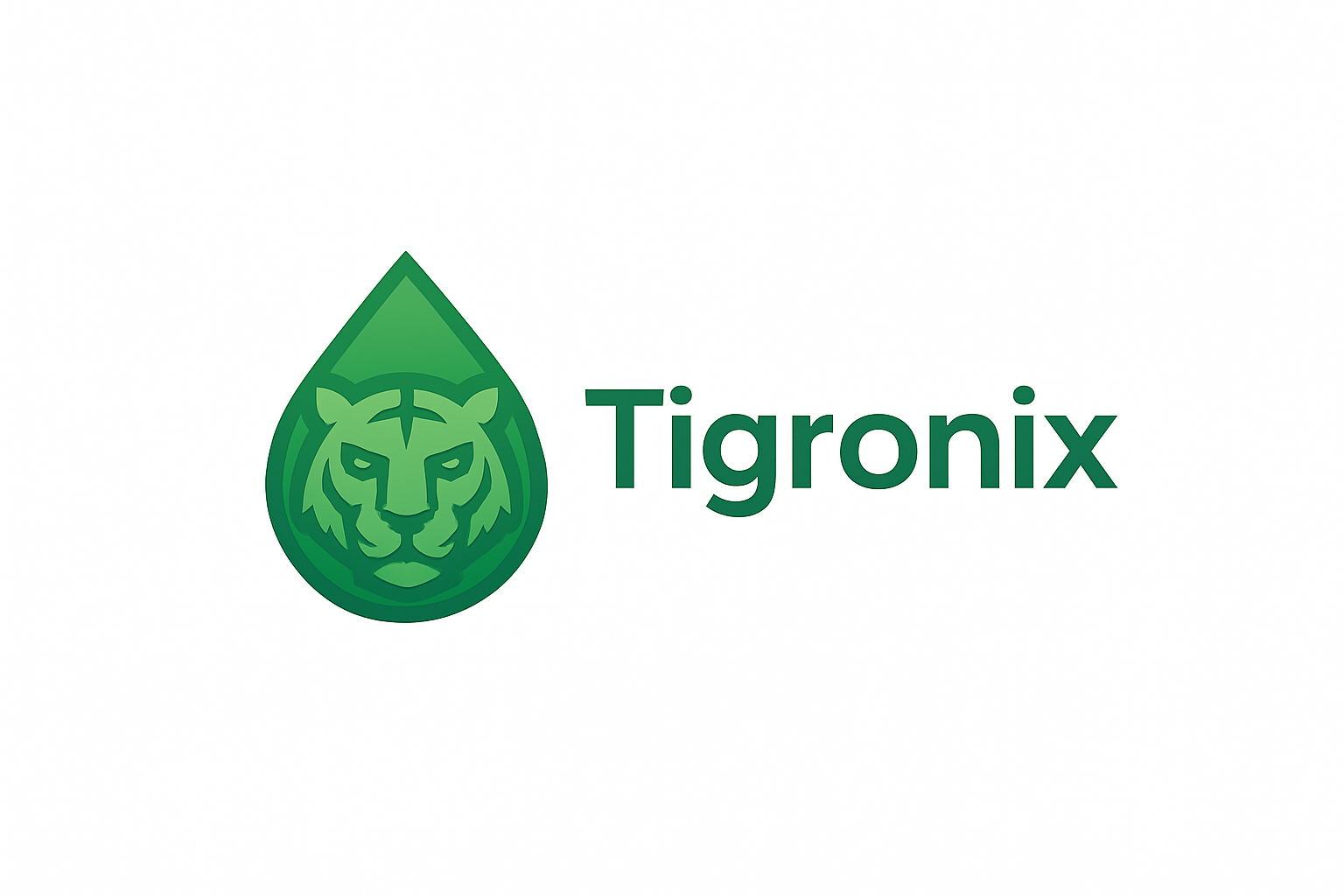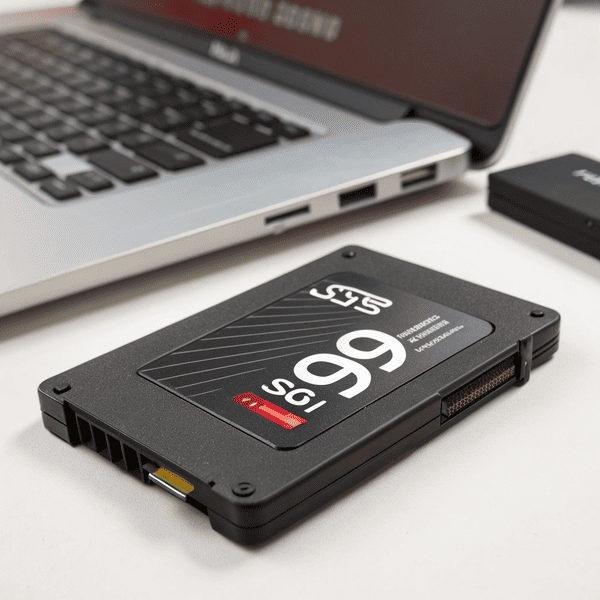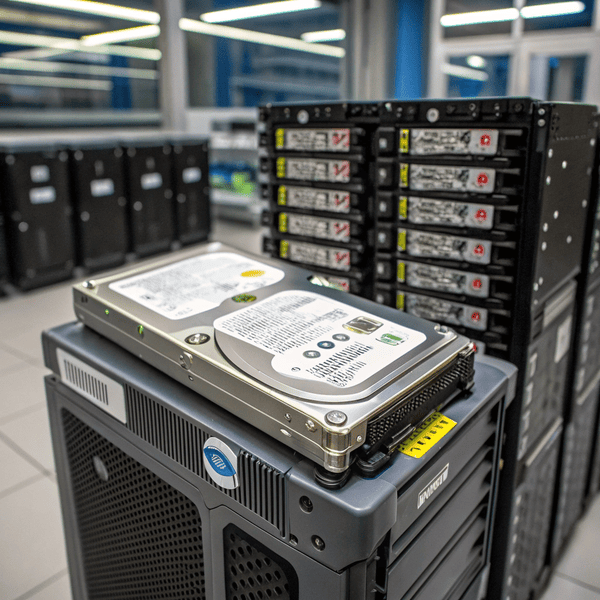When When server downtime happens, everyone loses productivity and trust. Picking the wrong SSD[^1] can mean slow performance and early failure.
[^1]: Exploring this topic can guide you in making informed decisions for better system performance.
happens, everyone loses productivity and trust. Picking the wrong SSD can mean slow performance and early failure.
The best SSD for a server is typically an enterprise-grade SSD designed for high endurance, reliability, and fast data access, such as the Samsung PM1733, Intel DC P4610, or Micron 9300 series.
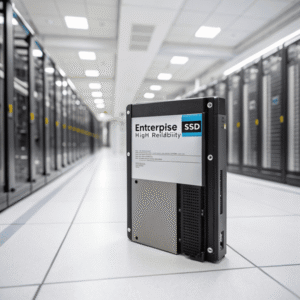
Servers run 24/7 and handle lots of data. Their SSDs need to be tough, fast, and reliable to keep everything running smooth. If I choose the wrong SSD, the server might crash. When I build or upgrade a server, I always look at how many read-write cycles it can handle. I also ask about power loss protection and whether firmware updates arrive often. These details tell me how long the SSD might last. Enterprise SSDs cost more, but they are worth it. The cheap drives work well for gaming computers, but servers need more.
Which SSD is best for servers?
When a critical server crashes, repair costs stack up. Clients dislike downtime. Suddenly, specs matter a lot more than price.
Enterprise SSDs from Samsung, Intel, and Micron are the best for servers because they offer higher endurance, advanced error correction, and consistent performance, reducing the risk of downtime.

Reliability comes first. I compare the lifespan and performance of the SSDs before buying. Most experts recommend drives with high TBW (Total Bytes Written), Reliability comes first. I compare the lifespan and performance of the SSDs before buying. Most experts recommend drives with high TBW (Total Bytes Written[^1]), power loss protection, and low latency. For example, the Samsung PM1733 is built for constant use, with fast read and write speeds. The Intel DC P4610 is also popular in data centers and comes with robust error correction. Micron's 9300 series gets good feedback for both endurance and reliability.
[^1]: Understanding TBW is crucial for evaluating SSD durability and performance, ensuring you make an informed purchase.
, and low latency. For example, the Samsung PM1733 is built for constant use, with fast read and write speeds. The Intel DC P4610 is also popular in data centers and comes with robust error correction. Micron's 9300 series gets good feedback for both endurance and reliability.
Here’s a table I use to compare top models:
| Brand/Model | Interface | TBW (Endurance) | Power Loss Protection | Read Speed | Warranty |
|---|---|---|---|---|---|
| Samsung PM1733 | NVMe | 17 PB | Yes | 8,000 MB/s | 5 years |
| Intel DC P4610 | NVMe | 12 PB | Yes | 3,200 MB/s | 5 years |
| Micron 9300 Max | NVMe | 11.7 PB | Yes | 3,500 MB/s | 5 years |
I always ask the supplier about support and firmware updates, too. Frequent updates and technical help mean fewer headaches. For a high-load server, I only buy from brands known for reliability in data centers.
How much does a 100TB SSD cost?
Big data means more storage. When my client asks for huge capacity, the price scares them at first.
A single 100TB SSD, such as the Nimbus ExaDrive DC series, costs $40,000-$50,000 USD as of 2024, much higher than consumer SSDs.
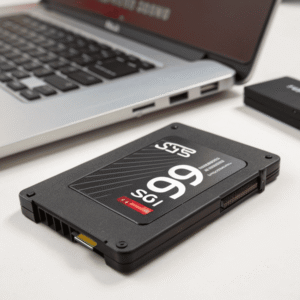
This price is not for everyone. Regular servers use smaller SSDs because This price is not for everyone. Regular servers use smaller SSDs because 100TB drives are overkill for most jobs. I only recommend something this large if my client has huge archives or lots of AI models[^1]
[^1]: Learn about the best practices for storing and managing AI models, crucial for optimizing performance and efficiency.
are overkill for most jobs. I only recommend something this large if my client has huge archives or lots of AI models. Also, the initial investment makes sense only for specialized uses. These drives have advanced error correction, longer warranties, and extra features for reliability. Even so, companies must check their real needs. Sometimes, buying several smaller SSDs gives better performance and flexibility. I always ask the client what they plan to store and how often they access the data. If budget matters, I suggest RAID arrays with smaller drives. This reduces cost and increases redundancy.
| SSD Model | Capacity | Price (USD) | Main Use Case | Warranty |
|---|---|---|---|---|
| Nimbus ExaDrive DC | 100TB | $40,000–50,000 | Data centers, video storage | 5 years |
| Samsung PM1643a | 30TB | $8,000–10,000 | Enterprise servers | 5 years |
| Intel DC P4500 | 8TB | $1,200–1,500 | General server use | 5 years |
Only huge data centers or research labs buy the big drives. Most companies do fine with smaller choices.
Are SSDs better for servers?
Sometimes, managers ask if SSDs are really needed. The old hard drives seem cheaper, so the switch is not easy.
SSDs are better for servers than HDDs because they offer faster data access, lower latency, less downtime, and greater reliability, especially for tasks needing rapid response.
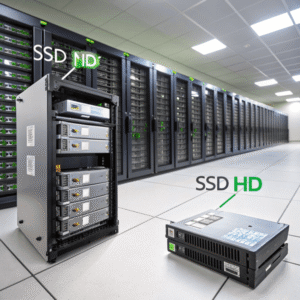
Speed matters for servers. SSDs beat HDDs almost every time. An SSD lets the server access files instantly. That means less waiting for clients and fewer delays. The speed helps, but SSDs also use less power. They handle shock better and rarely lose data after accidental drops or power outages. I have replaced HDDs in many server upgrades, and clients always notice faster boot times and fewer problems. SSDs do cost more per gigabyte, but over the years, energy savings and lower replacement rates even things out. Some companies keep HDDs for backup tasks, but all new servers I build use SSDs for system storage. When I calculate the cost of downtime with HDDs, SSDs win every round except for pure archival storage.
| Feature | SSD | HDD |
|---|---|---|
| Speed | Very fast (5000+ MB/s NVMe) | Slow (200 MB/s) |
| Endurance | High (enterprise models) | Moderate |
| Power Use | Low | High |
| Noise | Silent | Noisy |
| Reliability | Strong against shock | Weak against shock |
| Cost per GB | Higher | Lower |
For all primary server applications, SSDs are the safe, modern choice.
Conclusion
Enterprise SSDs bring reliability and speed to servers, making them the best choice for those who care about uptime and data integrity.
